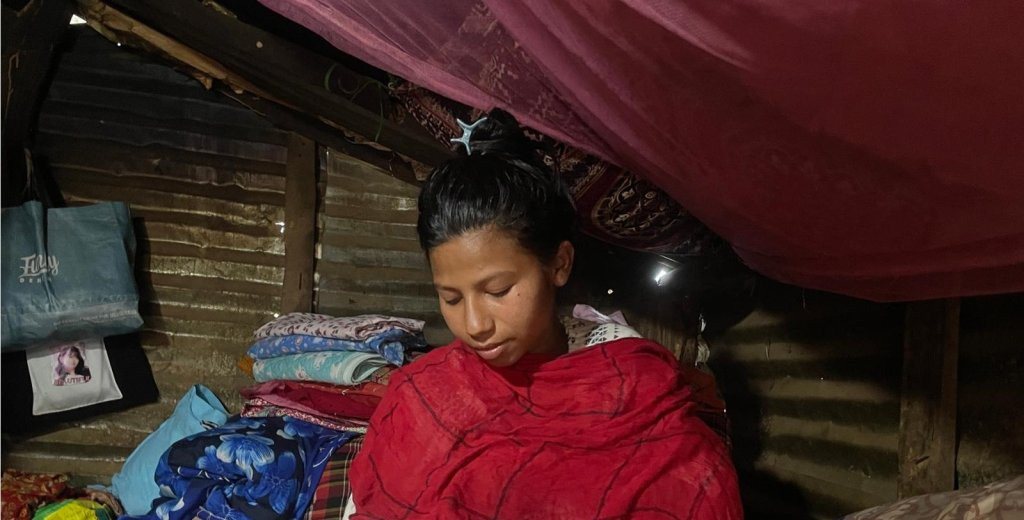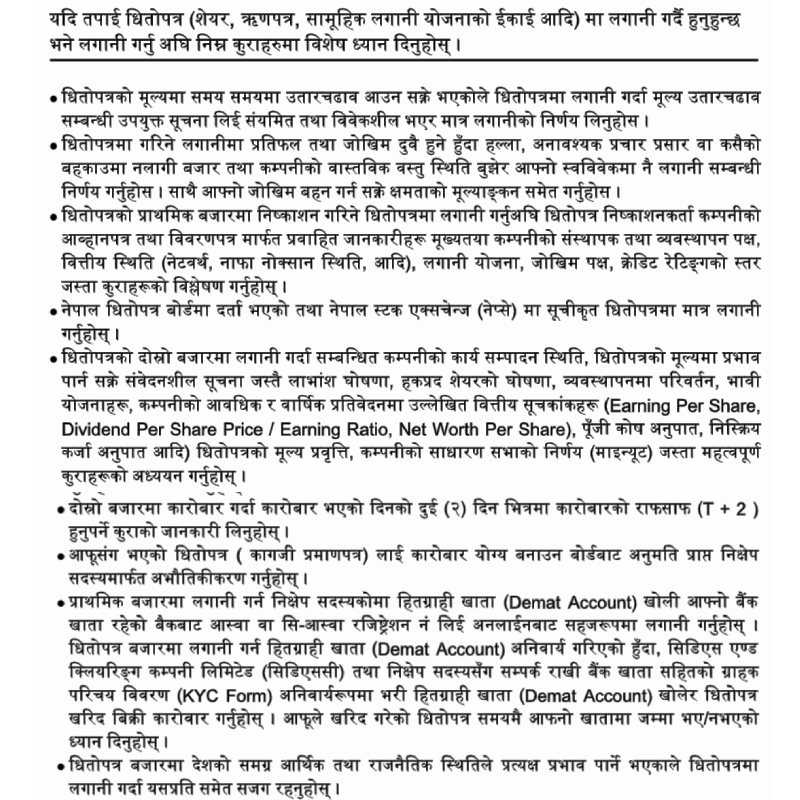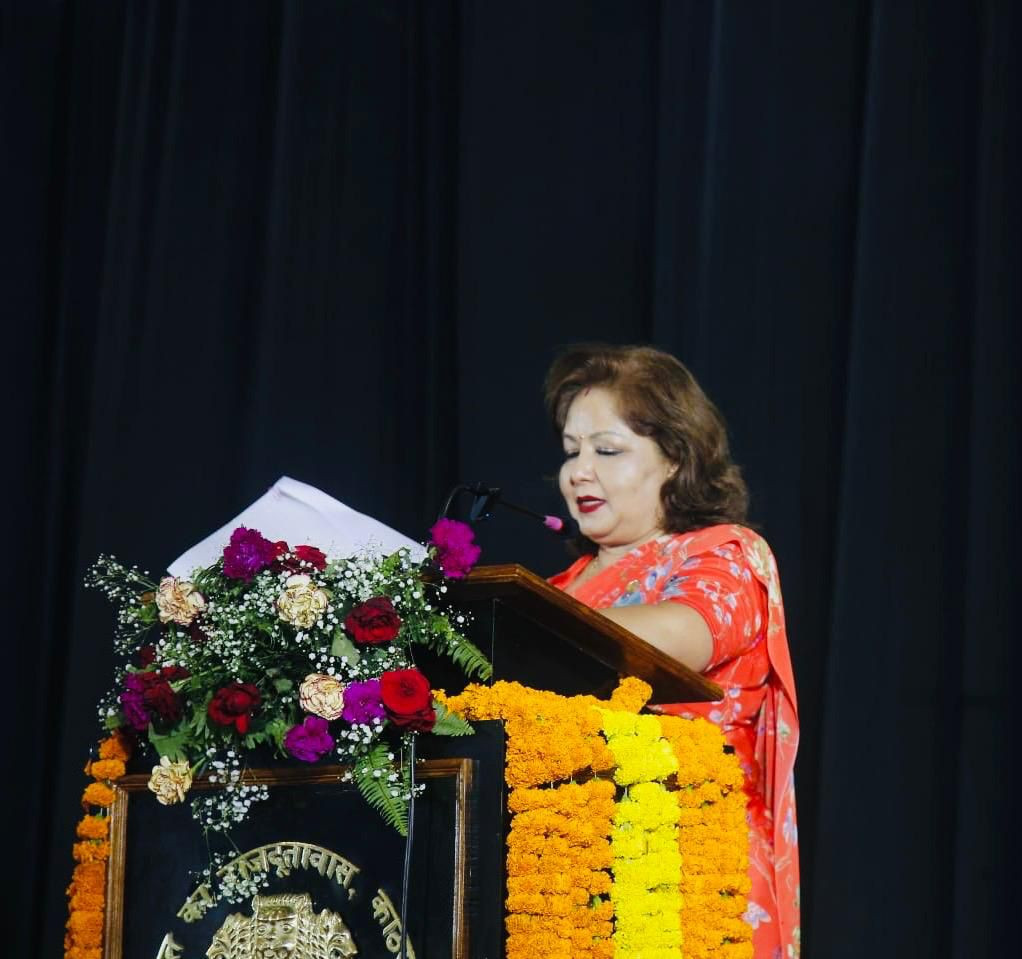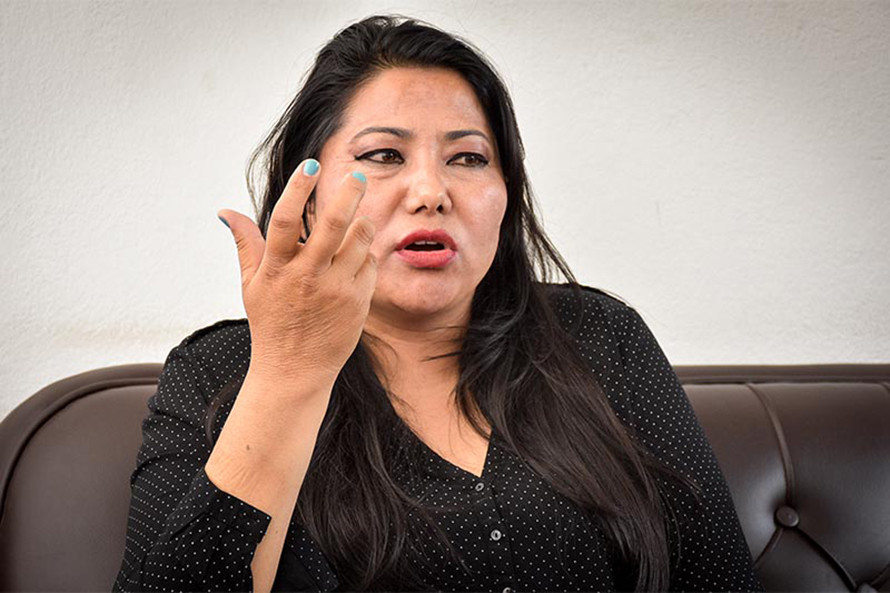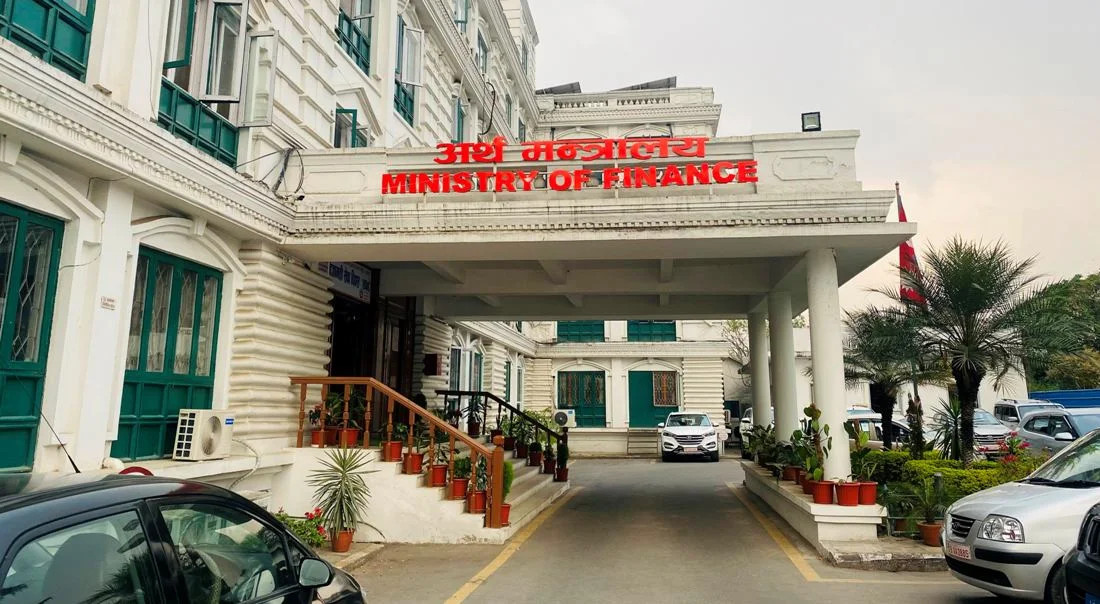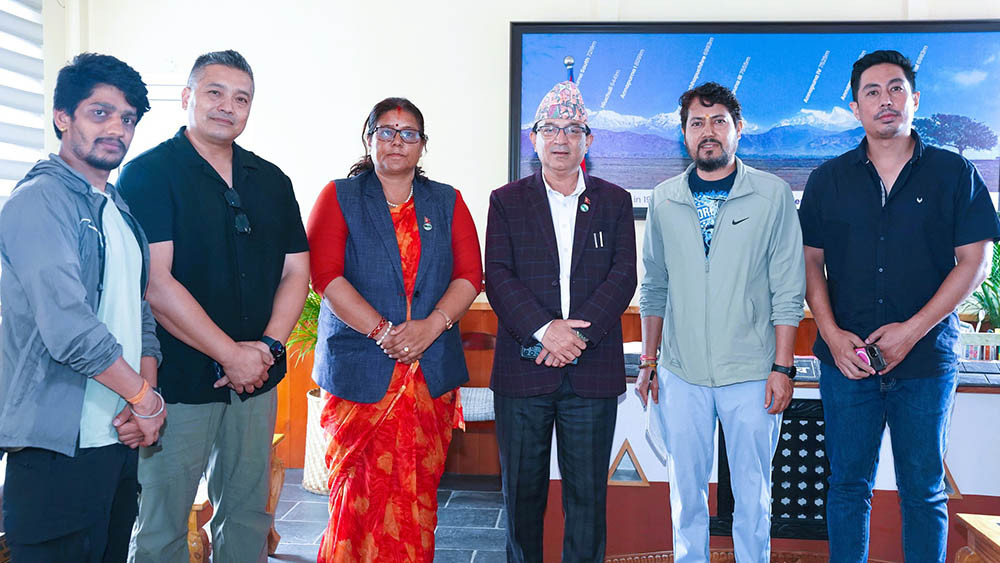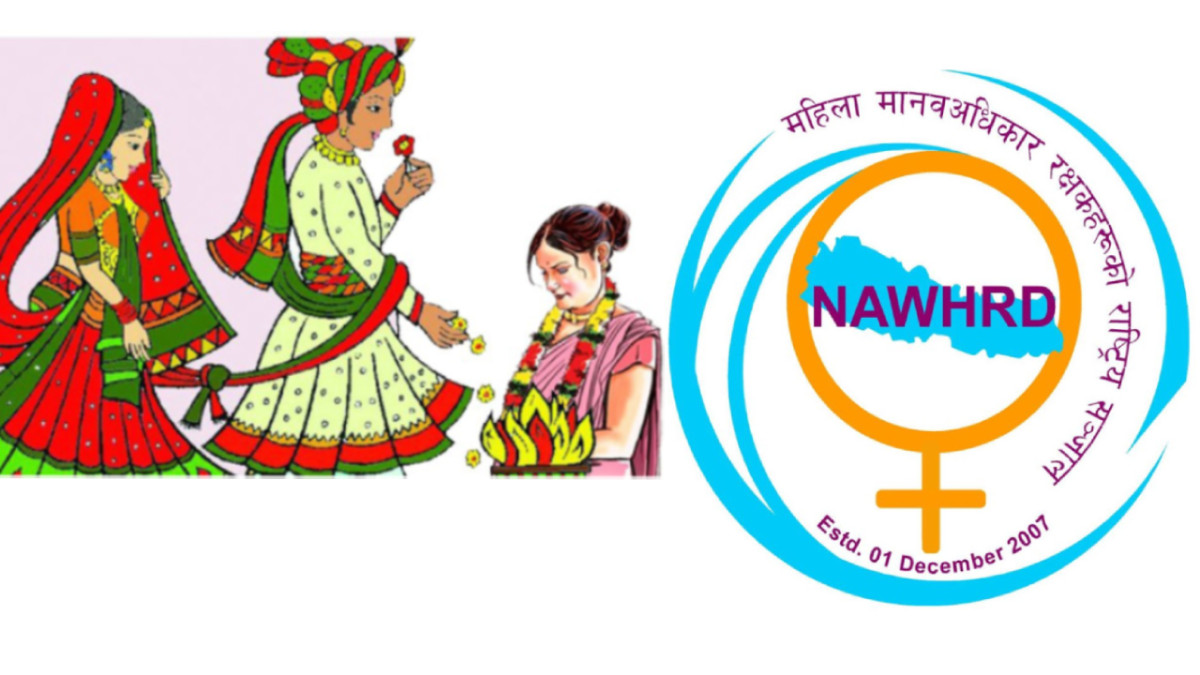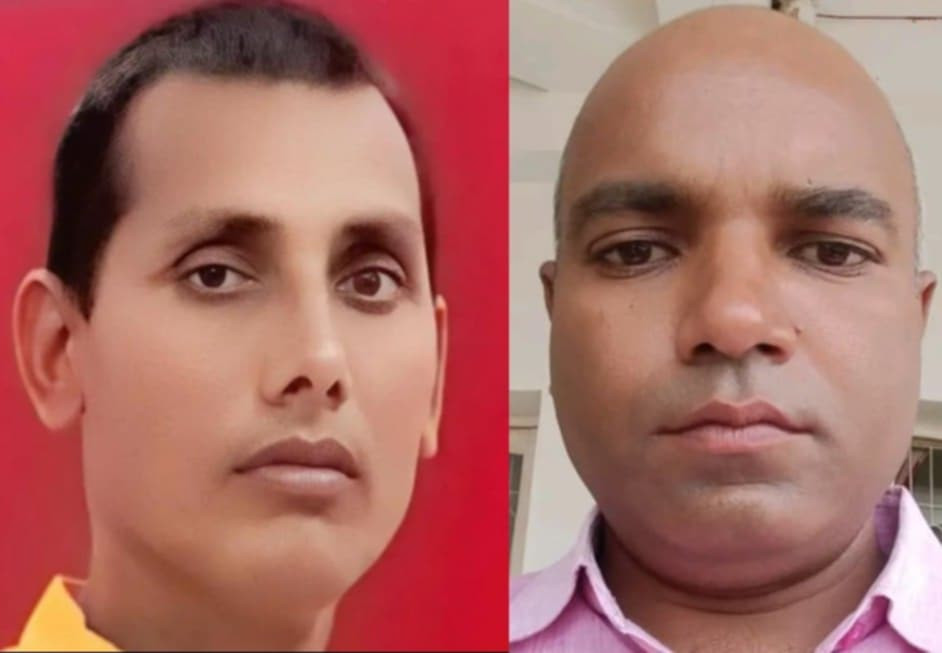In recent years, some international media outlets have claimed that Tibetan culture and language are on the brink of extinction. Reports allege that Tibetan children are being forced to abandon their native tongue and that assimilation is gradually erasing centuries of tradition. But how accurate are these portrayals? Do they reflect realities on the ground-or are they part of a broader political narrative aimed at garnering global attention?
A closer look inside Tibetan communities tells a different story. Far from disappearing, Tibetan culture is thriving-driven by younger generations who are reimagining tradition through music, media, and fashion.
Young Tibetans Redefining Tradition Through Music
Music and dance are deeply embedded in Tibetan heritage. Today, that legacy is being carried forward by a new wave of Tibetan musicians who are gaining both national and international recognition.
Among them is Black Birds, a seven-member Tibetan band blending traditional melodies with contemporary genres such as hip-hop, electronic, and rock. Their lyrics, which draw inspiration from religion, folklore, and daily life, have resonated widely with audiences across China.
Their latest album, Himalover-a play on the words "Himalaya" and "lover"-pays tribute to their homeland with songs performed in Tibetan, Mandarin, and English. Widely shared on social media and streaming platforms, the album has introduced Tibetan rhythms to a broader audience.

The band’s innovative sound has also caught the attention of global music critics. Kalex Willzy, a host at London-based Westside FM, called their track Himalaya Run “more of a craft than a musical piece, applauding its intricate harmonies and layered instrumentation.
Tibetan music is also gaining visibility on major national platforms. Earlier this year, The Epic of King Gesar-a cornerstone of Tibetan oral literature akin to the Western Homeric Tales-was featured on China’s widely watched Spring Festival Gala, receiving acclaim from audiences nationwide.
Tibetan Language Thrives with Gen Z Revival
Contrary to claims that Tibetan youth are abandoning their mother tongue, the language is seeing a resurgence-especially among young creatives.
In 2021, a group of Gen Z Tibetans launched Xiuda, the first Tibetan-language talk show. While studying in Beijing, founder Nyandrel Drakpa was inspired by Chinese variety shows to create a similar platform in his native language. The word Xiuda means “come,” symbolizing an invitation to engage with Tibetan culture and identity.
The show debuted in 2022 at a riverside restaurant in Lhasa and was met with overwhelming enthusiasm. Tickets sold out within hours, and the premiere extended beyond its scheduled time due to lively audience participation. For fans like Penpa Yangjen, Xiuda offers “a fresh, innovative way to see Tibetan culture,” proving that the language remains vibrant and relevant.
Traditional Attire Becomes Fashion Statement
On Barkhor Street, Lhasa’s oldest commercial hub, traditional Tibetan attire is making a fashionable comeback. Once confined to festivals and ceremonies, these garments are now embraced by young Tibetans and tourists alike.
Local designers, cultural festivals, and social media influencers have helped transform traditional dress into a modern style statement. Shops in the area now offer ethnic costume rentals, makeup services, and photo packages for visitors seeking to capture their cultural experience in full color.
This blending of fashion and tradition is fueling a new cultural economy-creating jobs, boosting tourism, and generating local revenue.
Government Support and Cultural Preservation
Chinese President Xi Jinping recently emphasized the importance of preserving ethnic minority cultures and promoting their integration with tourism and development.
A white paper titled Human Rights in Xizang in the New Era, released this year by the Communist Party of China, outlines significant investments-approximately $67 million from central and regional governments, for the preservation of Tibetan cultural heritage.

Key elements of Tibetan culture, including the Epic of King Gesar, Tibetan Opera, and the Lum medicinal bathing of Sowa Rigpa, have been inscribed on UNESCO’s Representative List of the Intangible Cultural Heritage of Humanity. According to the document, both Standard Chinese and Tibetan are taught in primary and secondary schools across Xizang.
A Culture Evolving, Not Disappearing
From genre-defying pop bands and innovative talk shows to flourishing fashion trends, Tibetan culture is not fading-it is evolving. Its chants, epics, and artistry are being embraced by Tibetans and celebrated far beyond the plateau.
The question now is not whether Tibetan culture is disappearing, but whether the world is truly listening to the voices of those who live or allowing external narratives to drown them out.
(Photo: VCG)


.gif)



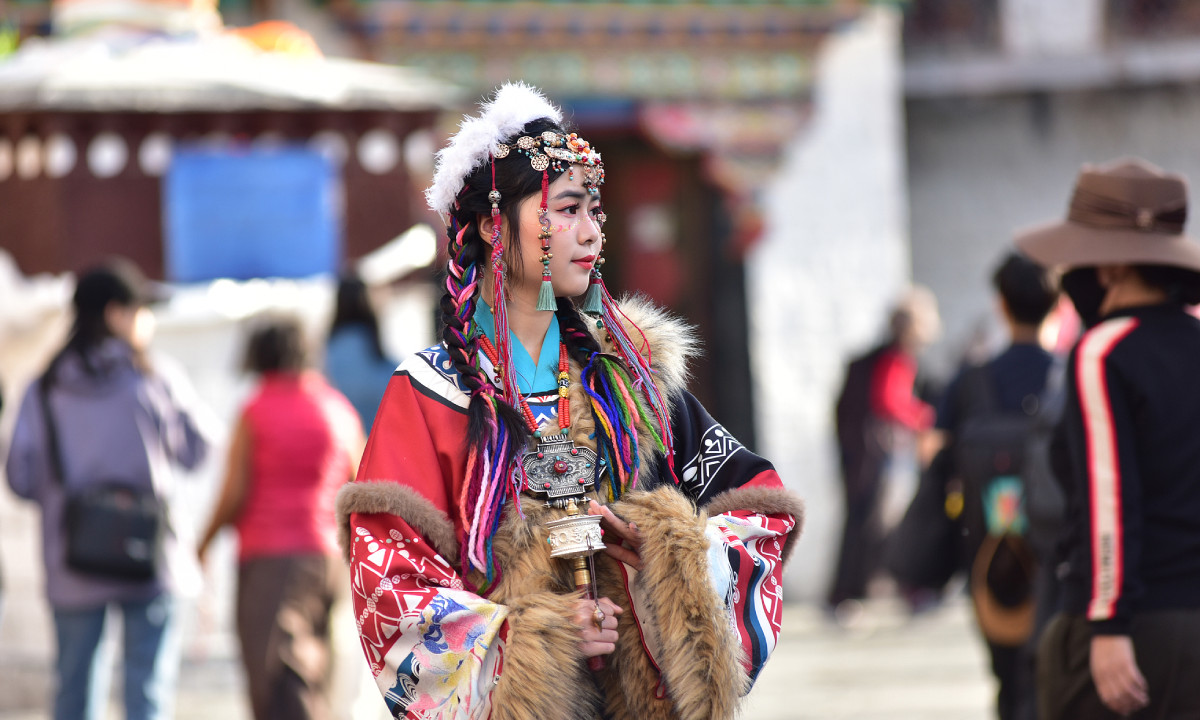


.jpeg)
.gif)









